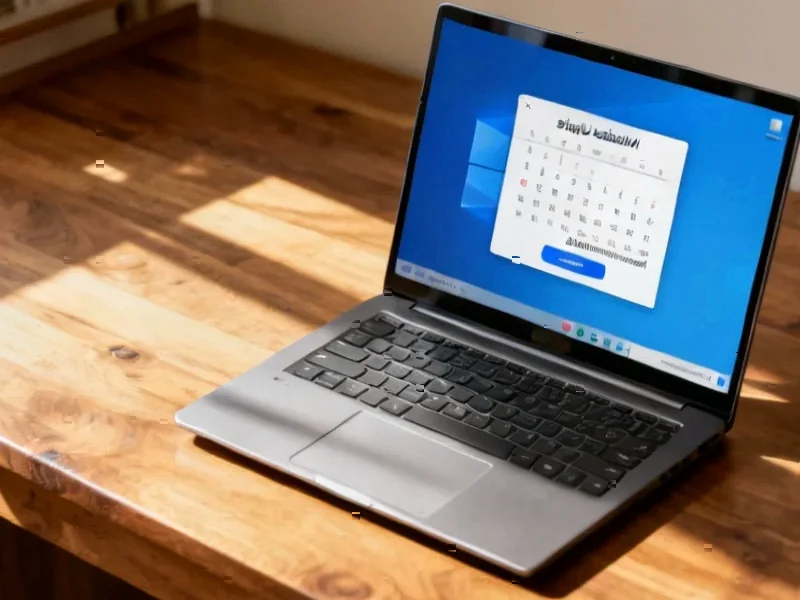According to Forbes, Microsoft has officially pulled the plug on Windows 10 security updates, leaving potentially hundreds of millions of PCs unsecured. October’s update was the last generally available security patch, creating immediate vulnerability for users who haven’t upgraded. The situation has sparked renewed interest in Windows 11 bypass tools like FlyOOBE, which lets users install Windows 11 on incompatible hardware by skipping TPM, Secure Boot, and CPU checks. But there’s now a serious threat emerging – the tool’s developer has issued an urgent “Do not download” warning about fake versions circulating on flyoobe.net. These compromised downloads could contain malware that opens backdoors onto users’ systems, exploiting the privileged access these system-level tools require.
How the bypass works
Here’s the thing about FlyOOBE – it’s basically using Microsoft‘s own documented workaround against them. The tool automatically manages the Windows 11 ISO download and uses the Windows Server installation option to skip all those pesky hardware requirements. Think of it as sneaking through the back door without anyone noticing, as the developer themselves put it. And it actually matches Microsoft’s own documented method for upgrading unsupported devices, which makes the whole situation kind of ironic.
The real risks
But here’s where it gets messy. Even the legitimate tool comes with major caveats. The developer warns users might get no automatic major version upgrades, future updates could fail if new hardware features are required, and Microsoft could block updates anytime. Basically, you’re trading short-term Windows 11 access for long-term stability and security. And that’s before we even get to the malware threat from fake downloads. When you’re dealing with system-level tools that need deep access to your PC, a compromised version can do some serious damage.
What you should do
So what’s the smart move here? If you absolutely must use a bypass tool, the developer says to only download from their official GitHub page where they’ve posted the security warning. But honestly? For most everyday users, it’s probably better to either upgrade to an eligible Windows 11 PC, enroll in Microsoft’s Extended Security Updates program, or just buy new hardware. These bypass tools are really meant for tech-savvy users who understand the trade-offs. And given how tightly Windows 11 security is linked to specific hardware features like TPM 2.0, can you really trust a workaround to keep you safe long-term?




